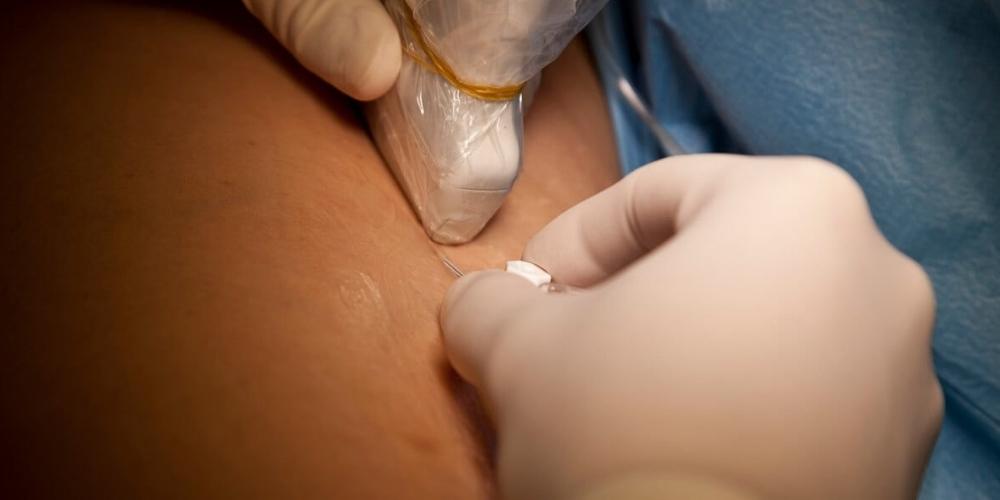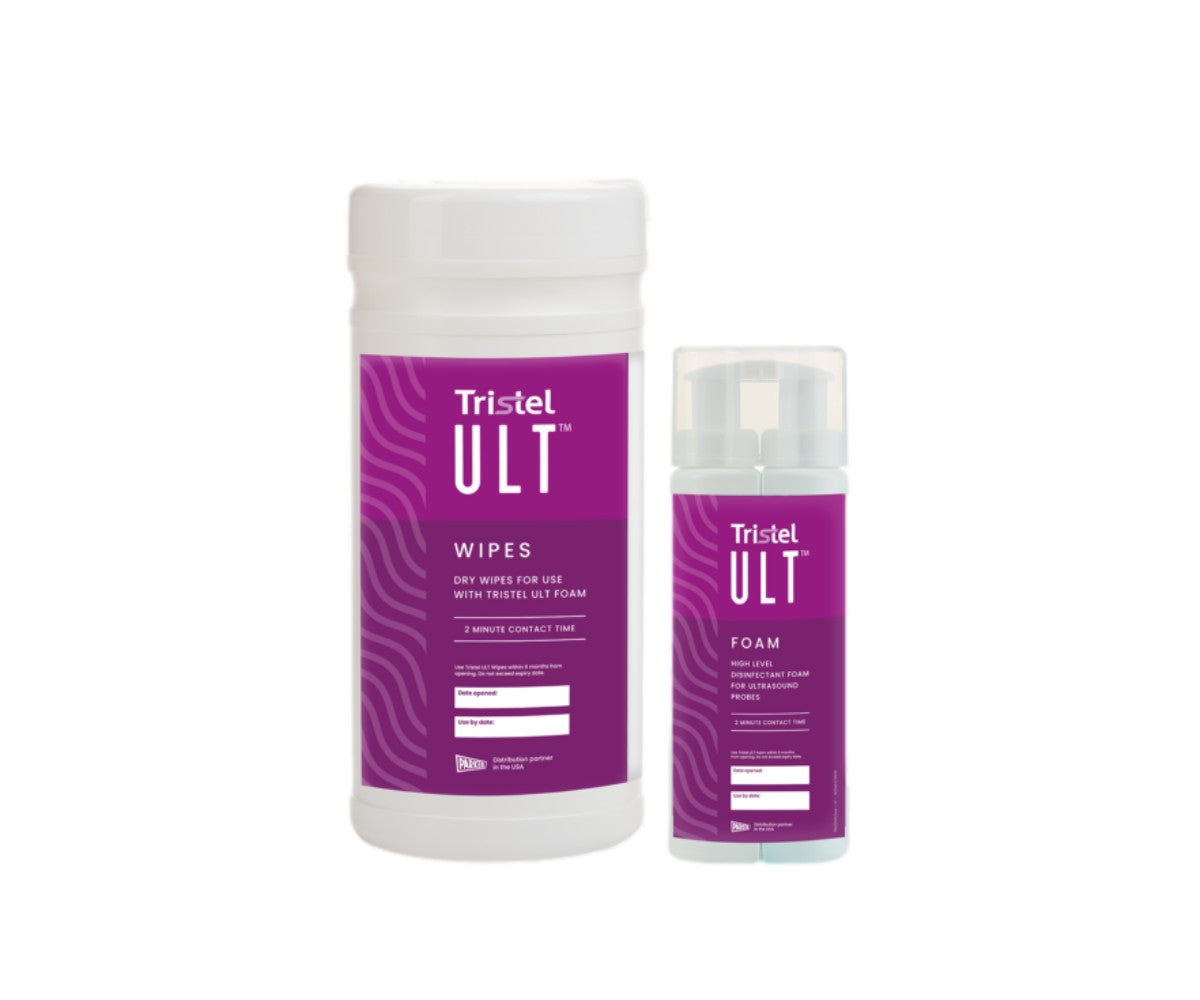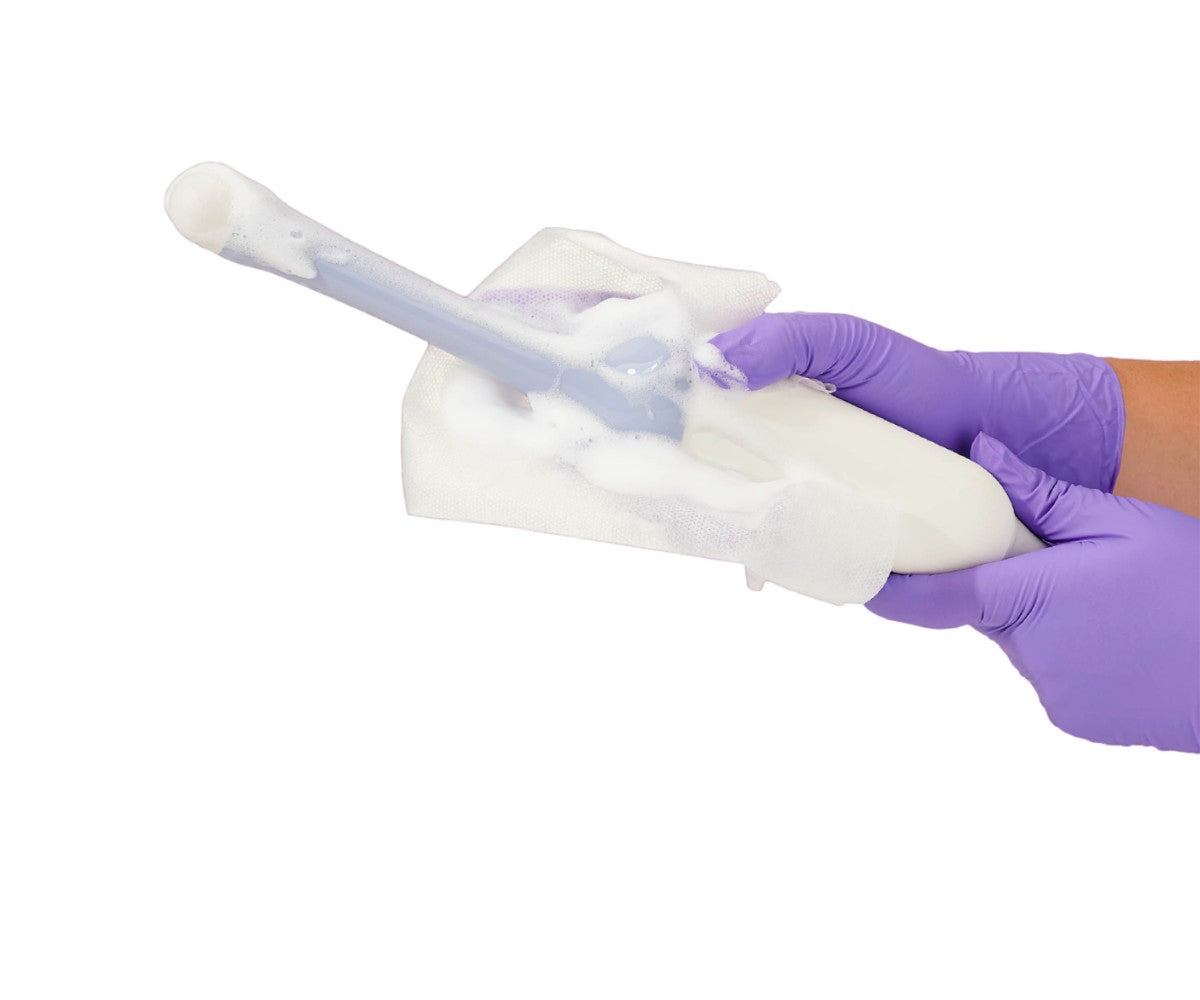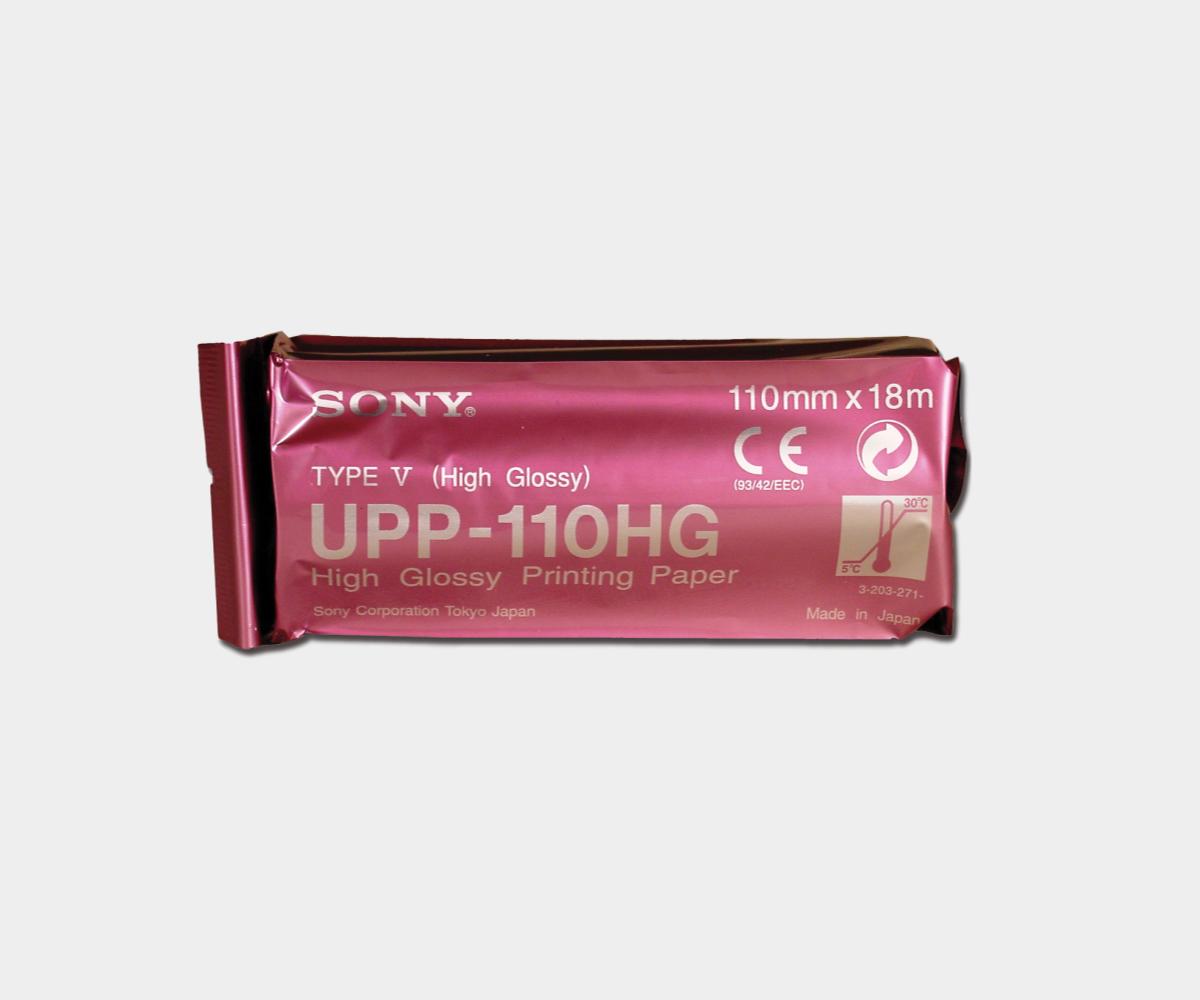An ultrasound probe cover is a physical barrier designed to prevent cross-contamination* during an ultrasound exam. Ultrasound covers come in a variety of shapes and colors. While there is no perfect probe cover, there are three main criteria to consider when choosing one:
- Should you use a sterile or non-sterile probe cover?
- Should you use a latex or latex-free cover?
- What size/shape suits your procedure?
Let's review, for all common ultrasound procedures, the different options that you have when it comes to transducer covers. We will review three types of covers dedicated to three types of ultrasound examinations:
- Endocavity exams: when ultrasound is used to get endorectal and endovaginal images.
- General purpose exams: when ultrasound is used directly on the patient's skin
- Surgical - intraoperative procedures: when ultrasound is performed in the operating room
When performing an endocavity ultrasound (whether rectal or vaginal), your transducer must always be covered with a proper sheath, regardless of the type of exam being performed. The ultrasound probe is considered a semi-critical instrument in these conditions, and therefore needs to be treated as such: check the Spaulding classification here.
This condom-like cover is the "base model". It's budget-friendly and easy to use. This cover is suitable for non-interventional transvaginal or transrectal exams. In short, for diagnostic scanning only. You should also make sure that neither your patient nor staff are allergic to latex. They come in different sizes in order to fit all shapes of transducers: 0.8" (2 cm), 1" (2.5 cm) and 1.5" (3.8 cm) in diameter.
For interventional procedures, the same latex covers are also available in sterile individual packs. Therefore they are perfect for prostate biopsies, ovarian biopsies, egg retrieval and all other procedures where the probe may be in contact with the vascular system (or blood). They are also available in a variety of sizes for more convenience. However, you should still monitor your patients and staff for possible allergies. Very often, elastic bands are included in the pouch to help secure the sheath over the transducer.
Designed for diagnostic and scanning exams only, where there is a suspicion of allergy to latex. Endo latex-free covers are made of polyethylene, like the Parker Eclipse, or polyurethane (softer and more stretchable). They are a good alternative to latex covers, though a bit more expensive. There are two sizes available:
- 4" - 1.25" x 12". The length is 12", which is enough to cover most of the transducers, including the handle. The general shape of the probe cover is a cone, meaning the open-end is 4", and the lense-facing end is 1.25"
- 5" - 2" x 24". Extended length allows for cable protection in addition to the handle. The sheath is also cone-shaped.
This is the best option for your endocavity sterile procedures (biopsies, punctures, aspirations...). Sterile covers provide the safety required in regards to infection control. In addition, latex-free is a must when it comes to comfort. They are individually wrapped in a surgical sheath including sterile gel and two elastic bands. As a result, this probe cover is recommended for procedures in the OR.
A general purpose probe cover's goal is to protect linear and curved transducers during radiology, vascular access, pain management, orthopedic or anesthesiology procedures. This type of covers will reduce the risk of infections, and also protect your equipment from body fluids.
This probe cover is convenient for general purpose procedures with risky patients (suspected to transmit infections). Also, when dealing with a damaged or non-intact skin, you are required to use a cover, even for non-interventional ultrasounds (external routine examinations). Non-sterile covers should not be used in the operating room or for any invasive procedures. This probe cover usually doesn't come with ultrasound gel.
A Latex-free sterile probe cover is required for a wide variety of interventional procedures: vascular access (catheter or IV placement), Anesthesiology (nerve blocks) or radiology (injections, organ biopsies). Most of the time they come with a sterile gel packet, and are available in different sizes: 5.5" x 24", 5.5" x 36" and 5.5" x 48". Some of them are pregelled (or adhesive), which is extremely convenient in a stressful environment such as the OR. Sterile ultrasound covers can be used in the operating theater, though surgical covers are a great option if you need to cover a long cable.
Surgical transducer covers, also known as intraoperative covers, are a must in the OR. Their extended length of 96" means they not only protect the transducer but also the cord. Indeed it is common for the cable to lay over the patient as the display sits on the other side of the table. They are latex-free and come standard with sterile ultrasound gel.
Multiple options are offered to healthcare professionals:
Accordion covers, in two parts. A soft polyurethane part protects the transducer while an economical polyethylene sheath covers the cord. They need to be assembled together with elastic bands.
Bottom lineHopefully, this cheat sheet will help you choose the ultrasound probe cover that best fits your needs. If you are still not sure which you should use, feel free to contact us with your questions.






